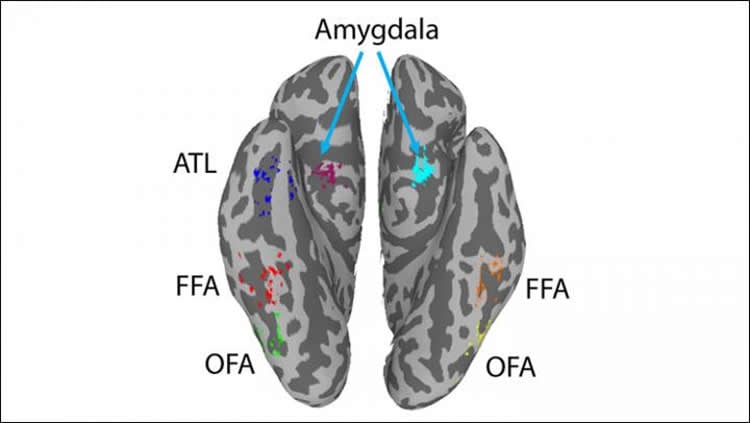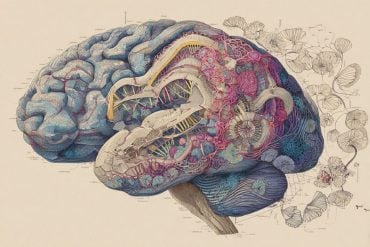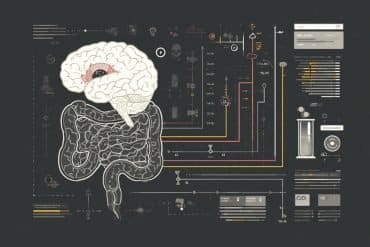Summary: The connectivity between the face processing network and other networks associated with the processing of visual, social and auditory cues help predict how well we remember a familiar face.
Source: SfN
Remembering a familiar face engages a wider network of brain regions than previously thought, according to a study of healthy men and women published in Journal of Neuroscience.
First described in Journal of Neuroscience more than 20 years ago, the fusiform face area is a major component of a group of brain regions specialized for face perception known as the face network. The ability to recognize familiar faces varies, from individuals who are “face blind” to those with above-average facial recognition.
Michal Ramot and colleagues at the National Institute of Mental Health found that the strength of connections within the face network were not associated with memory for faces. By taking a broader view of the brain, the researchers demonstrate connectivity between the face network and other circuits involved in memory and processing of social, visual, and auditory information predicted participants’ performance on a facial memory task.

These findings suggest face recognition involves the integration of facial features with the social and multisensory context in which they appear in everyday life.
Source:
SfN
Media Contacts:
David Barnstone – SfN
Image Source:
The image is credited to Ramot et al., JNeurosci (2019).
Original Research: Closed access
“Multifaceted integration — memory for faces is subserved by widespread connections between visual, memory, auditory and social networks”. Michal Ramot, Catherine Walsh and Alex Martin.
Journal of Neuroscience. doi:10.1523/JNEUROSCI.0217-19.2019
Abstract
Multifaceted integration — memory for faces is subserved by widespread connections between visual, memory, auditory and social networks
Our ability to recognize others by their facial features is at the core of human social interaction, yet this ability varies widely within the general population, ranging from developmental prosopagnosia to “super-recognizers”. Previous work has focused mainly on the contribution of neural activity within the well described face network to this variance. However, given the nature of face memory in everyday life, and the social context in which it takes place, we were interested in exploring how the collaboration between different networks outside the face network in humans (measured through resting state connectivity) affects face memory performance. 50 participants (men and women) were scanned with fMRI. Our data revealed that although the nodes of the face processing network were tightly coupled at rest, the strength of these connections did not predict face memory performance. Instead, face recognition memory was dependent on multiple connections between these face patches and regions of the medial temporal lobe memory system (including the hippocampus), and the social processing system. Moreover, this network was selective for memory for faces, and did not predict memory for other visual objects (cars). These findings suggest that in the general population, variability in face memory is dependent on how well the face processing system interacts with other processing networks, with interaction among the face patches themselves accounting for little of the variance in memory ability.
SIGNIFICANCE STATEMENT
Our ability to recognize and remember faces is one of the pillars of human social interaction. Face recognition however is a very complex skill, requiring specialized neural resources in visual cortex, as well as memory, identity and social processing, all of which are inherent in our real-world experience of faces. Yet in the general population, people vary greatly in their face memory abilities. Here we show that in the neural domain this variability is underpinned by the integration of visual, memory and social circuits, with the strength of the connections between these circuits directly linked to face recognition ability.






